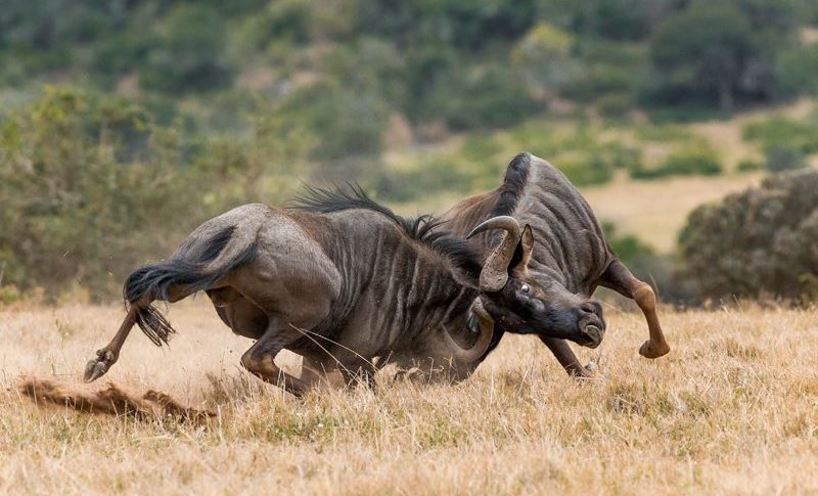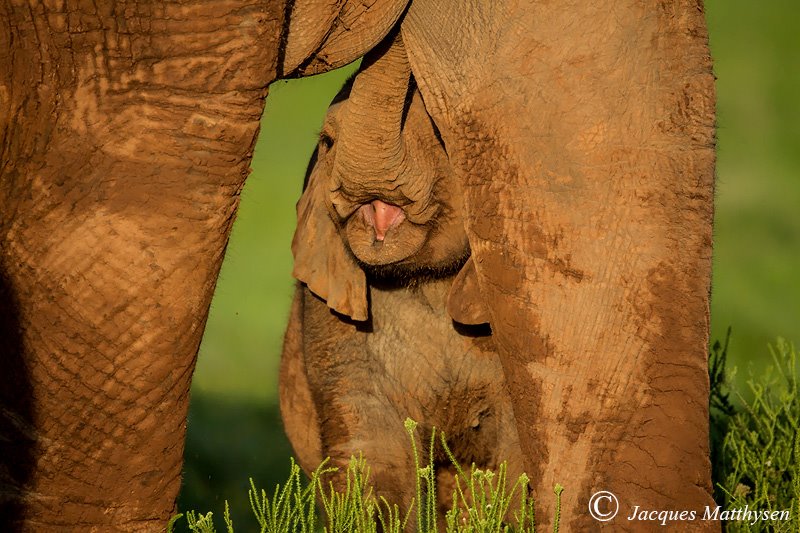Safari Guides: Understanding Animal Behaviour

The study of animal behaviour, or ethology, is really what the wildlife part of a safari guide's job entails. Safari guides take people into the bush to observe animals and so the understanding of animal behaviour is vital to any safari guide’s success in this field. Many books have been written on the subject, but it should be remembered that the study of animal behaviour is still in its infancy and as you can imagine, a very complex subject.
Kariega Safari Guides Understand Animal Behaviour
Kariega safari guides have all studied animal behaviour as part of their guiding qualifications. They have also spent many hours observing and interpreting animal behaviour. Safari guide animal behaviour studies include:
- Social organisation – how the animals organise themselves (in pairs, herds, prides, etc.)
- Mating systems – animals need to co-operate at least once in a while with other members of the same species, this occasion being to mate, and different species have different requirements in this department!
- Communication – while animals do not use language, they have an array of complex methods for communicating members of their own group and other species too.
- Territorial behaviour – behaviour associated with territoriality is often quite obvious, like lions roaring or rhinos spray urinating. Territoriality can also be very subtle. Few people know that lots of butterflies, spiders, lizards and other types of less “charismatic” species are equally territorial. Some animals are not at all territorial.
- Sleep – all animals require a period of daily rest to recover from previous activities and to undergo a range of maintenance activities in the brain that are only now starting to be understood. Depending on their size, source of food, their vulnerability to predation and the speed of their metabolism, this period may last a few minutes or many hours. The amount of REM sleep required also varies dramatically in different animals.
- Agnostic behaviour – this facet of animal behaviour relates to behaviour associated with dominance, threat, appeasement, defence and submission, fighting and aggressive posturing.
- Anti-predator behaviour – it is one of the motivating forces of evolution: the predator always tries for better ways to catch the prey and the prey evolves better ways of escaping the predator. Anti-predator behaviour involves strategies that may be passive or active, all are interesting and all are important for the guide to understand.
- Mating behaviour – behaviour of this sort is amazingly varied and makes for some of the most spectacular sightings of wildlife imaginable. The diving, cart wheeling display of a pair of fish eagles, the flashy display of a peacock and the rutting of impala rams are all memorable sights.
- Parental care – the way an animal cares and provides for its young is what parental care is all about, and these ways vary greatly between species. Some animals, such as crocodiles show a version of this, but it cannot be classified as true parental care because they do not provide sustenance for their offspring.

The above aspects are just a few, and the number of other behavioural aspects are vast, such as behaviours which are exhibited in circumstances such as stress, anxiety, aggression, defence and conflict. We encourage you to ask your safari guide about their knowledge and experience of animal behaviour during your stay with us at Kariega Game Reserve.
Photos thanks to Kariega safari guide Jacques Matthysen.









